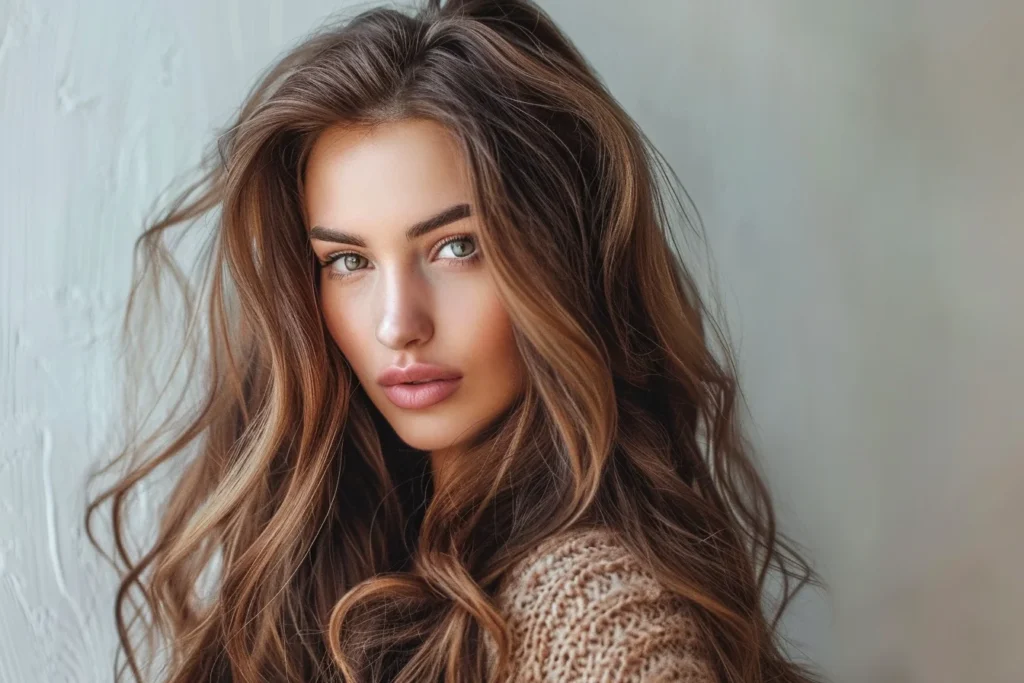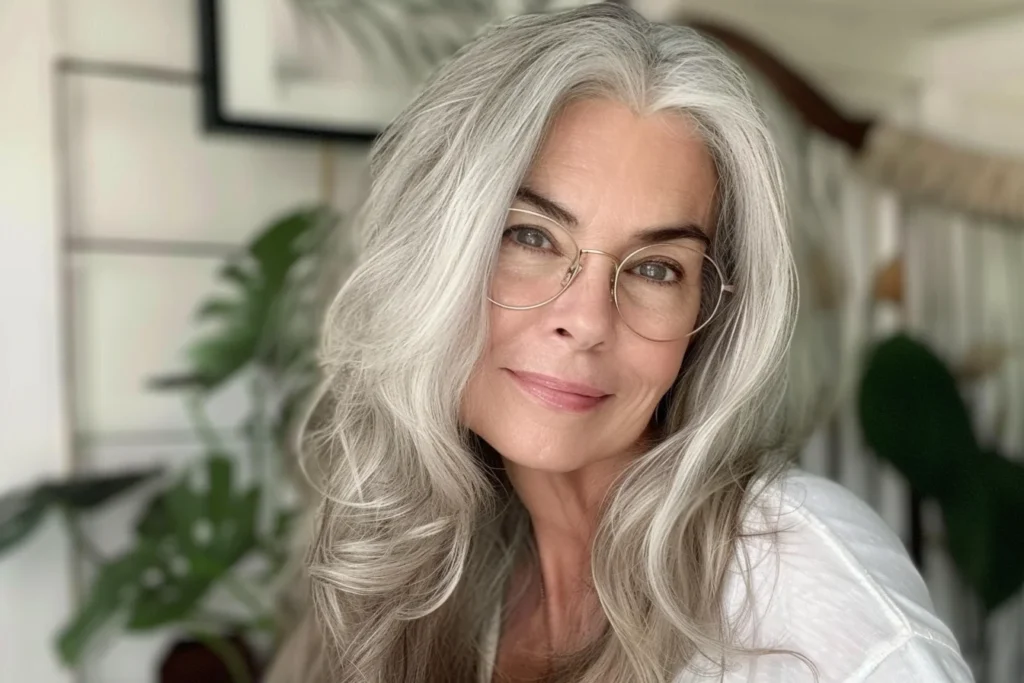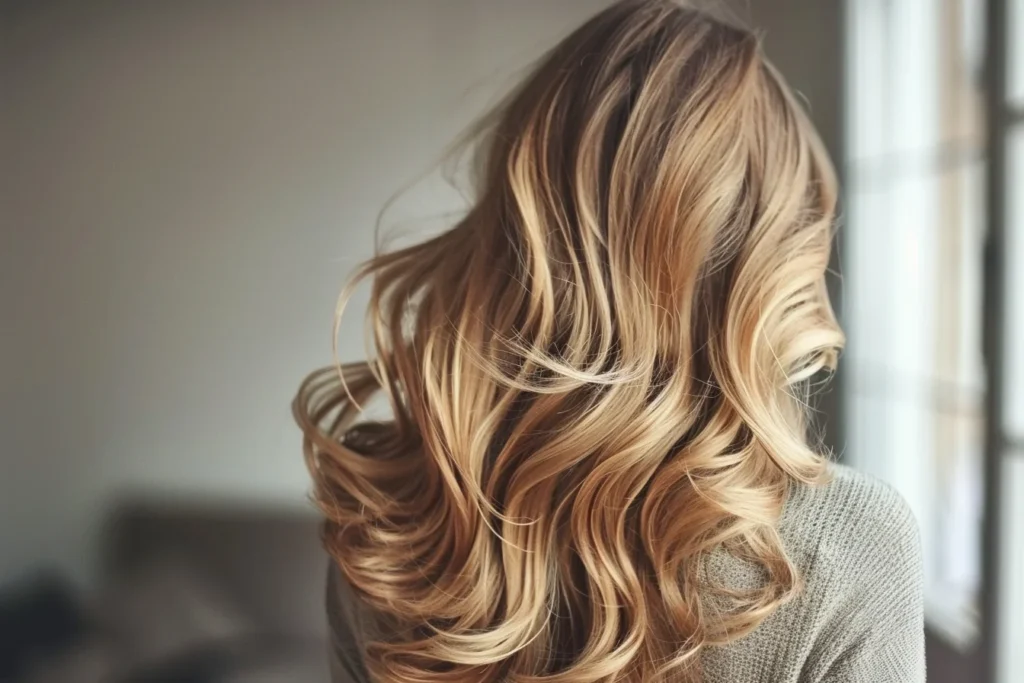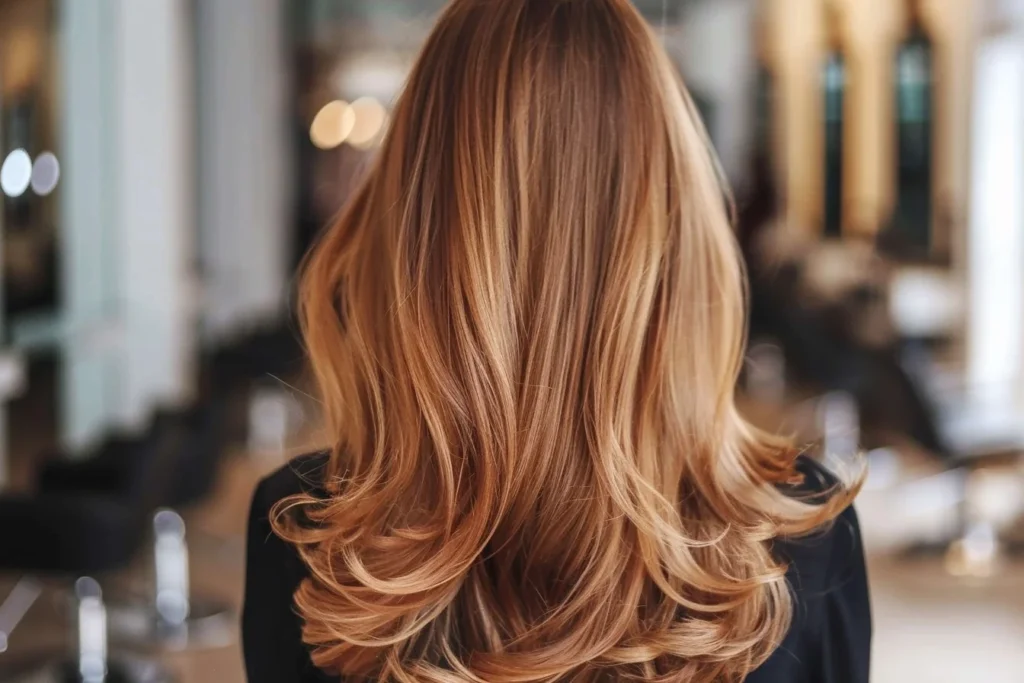A major part of this is genetics, but your diet, weather, air pollution, and how you handle your hair on a daily basis are all vitally important factors when it comes to growing healthy and maintaining what you have.
Discover why a healthy diet and proper care can make the difference between tree trunks and tresses that steal the show.
1. Add some more protein
Since hair is predominantly composed of proteins, taking enough amounts of it each day becomes essential for making it strong and healthy.
I tend to eat at least 45 grams of protein per day in my meals.
Here are a few excellent sources of proteins which I regularly include:
• Lean Meat: Chicken as well as turkey forms part of my every meal.
• Poultry: Poultry too has higher percentages of proteins than lean meats do.
• Fish: Besides giving protein, salmon as well as other oily fish verily have omega-3 fatty acids which are beneficial to your body system.
• Beans: Black beans, lentils, as well as garbanzo, serve as great plant-based alternatives to protein nutrients.

• Low-Fat Dairy Products: Greek yogurt or else cottage cheese provides lots of proteins while being easy to add into various dishes.
• Eggs: Eggs with multiple uses and rich in proteins form breakfasts plus snacks by themselves.
When I had low content in my diet concerning proteins my hair became weak and brittle. Increasing my intake of proteins improved the strength and overall appearance of my hair.
2. Think zinc
Zinc plays crucial roles in the growth together with repair functions within the tissues responsible for the hair production process.
A lack of zinc leads to thinning hair which had been happening until recently when I started paying closer attention to this nutrient.
These nuts contain significant amounts of zinc that boosted their inclusion into my diet:
• Nuts: Brazil nuts, walnuts, pecans, cashews, and almonds now form part of my daily snacks.
• Vegetables: Having a good mix of vegetables guarantees I get enough zinc and other vital nutrients.
• Fruits: I have fresh fruits that provide important vitamins and minerals in addition to my diet.
• Leafy Green Salads: Spinach as well as kale serve as great sources of zinc which can easily be incorporated into meals.
• Clean, Filtered Water: To maintain good health including hair health, it is necessary to stay hydrated by consuming enough water while staying away from tap water.
Furthermore, when I’m insufficient in my diet multivitamins or zinc supplements are useful for maintaining proper levels.

Over time, there has been a considerable decrease in the amount of hair falling off on me and an overall better condition of my hair since making these dietary adjustments.
3. Omega braids
Incorporating omega-3 fatty acids in my diet has been a game-changer for my scalp health. These healthy fats stimulate hair follicles and sebaceous glands thereby making my scalp better overall.
Although they do not make your hair grow faster necessarily, omega-3s still help create a healthier environment for it to thrive in.
Here are several excellent sources of omega-3 fatty acids that I included in my menu:
• Cold-Water Fish: For instance, salmon sardines herring are usually some fish types that I opt for because they provide omega-3 oils. Therefore, I try to include them in several meals every week.
• Flax Seeds: To increase my intake of omega 3s, I choose ground flax seeds for yogurt as well as oatmeal or even salads at times.
• Yogurt and Cottage Cheese: Protein-rich dairy products like flaxseeds mixed with them serve multiple benefits.
• Salads and Cereals: Simple ways of incorporating these good fats in my diet are the use of salads, cereals, omega-3 enriched oils or seeds.
I noticed that my scalp is less dry and I have shinier hair since I started taking more Omega 3 fatty acids.
4. Thy hair know

It has been important to me to understand my hair type and its specific needs so as to develop a hair care routine suited for me.
There is not a one-size-fits-all answer on how often you should shampoo your hair because it depends on several factors such as:
• Hair Type and Texture: My naturally curly, dry hair does best when I don’t shampoo it quite often so that it keeps some natural oil thus avoiding further drying.
However, friends with oily strands typically have to wash their locks daily to control excessive oil buildup.
• Use of Hair Products: The more products I’ve used on my mane, the more shampoos I tend to use in order to avoid build-up.
Nevertheless, when going for natural-looking days, it can take me longer before washing them again.
• Activity Level: Because I work out regularly, sweat and dirt necessitate that I shampoo after every workout.
I have maintained healthier looking and feeling tresses by customizing the way in which I shampoo them depending on what they need.
For example, usually wash my scalp every three to four days using sulphate-free products that are gentle on my skin.
In case some greasiness comes up before then or in case there’s any reason why I may not get time for washing the whole head during those days then sometimes use dry shampoos or just rinse with water only sometimes if necessary.
5. Choose your shampoo wisely

My choice of shampoo was a game changer for me in terms of hair care practices that I followed religiously henceforth.
Therefore, using shampoos specifically designed for my hair as well as its particular problems like dryness or dandruff improved their overall health and appearance as well.
Here are some of the considerations I made:
• Hair Type: Knowing if my hair was oily, normal, or dry enabled me to select the right shampoo. Moisturizing shampoos that add moisture but do not remove the natural oils from my scalp are suitable for my dried-out locks.
RELATED: 24 Beautiful Wedding Hairstyles for Medium-Length Hair
• Avoidance of Harsh Ingredients: Among the things I learned is that shampoo brands with harsh chemicals such as ammonium lauryl sulfate or sodium lauryl sulfate should be avoided since they can cause damage and dryness.
Instead, I preferred gentler cleansers that did a good job without being too severe.
• Quality vs. Cost: The cost of a product does not always reflect its quality. Some of the best shampoos I’ve used have been very affordable and worked better than more expensive alternatives.
6. Condition it

I should condition it after washing it so that it remains soft, shiny, and manageable. This is how I conditioned:
• Separate Conditioner vs 2-in-1 Products: Although some people enjoy using two-in-one conditioning shampoos because of their convenience, using separate conditioners has been more beneficial to me anyway.
It helped me target exactly what my hair needed.
RELATED: 24 Hottest Hairstyles With Asymmetrical Bangs
• Application Method: To ensure even distribution, I combed the conditioner through my hair leaving it on for two to three minutes in order for it to penetrate into and nourish the strands before rinsing off.
• Frequency: Just like shampooing, not everyone needs to condition every time they wash their strands.
After testing different routines, I realized that conditioning during alternating washes was most beneficial in preventing too much weightiness or oiliness in them.


